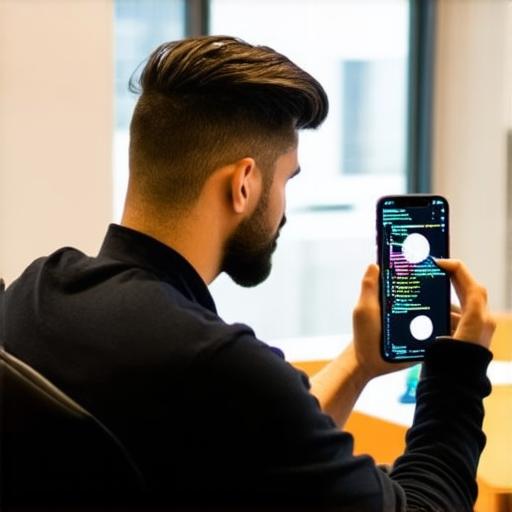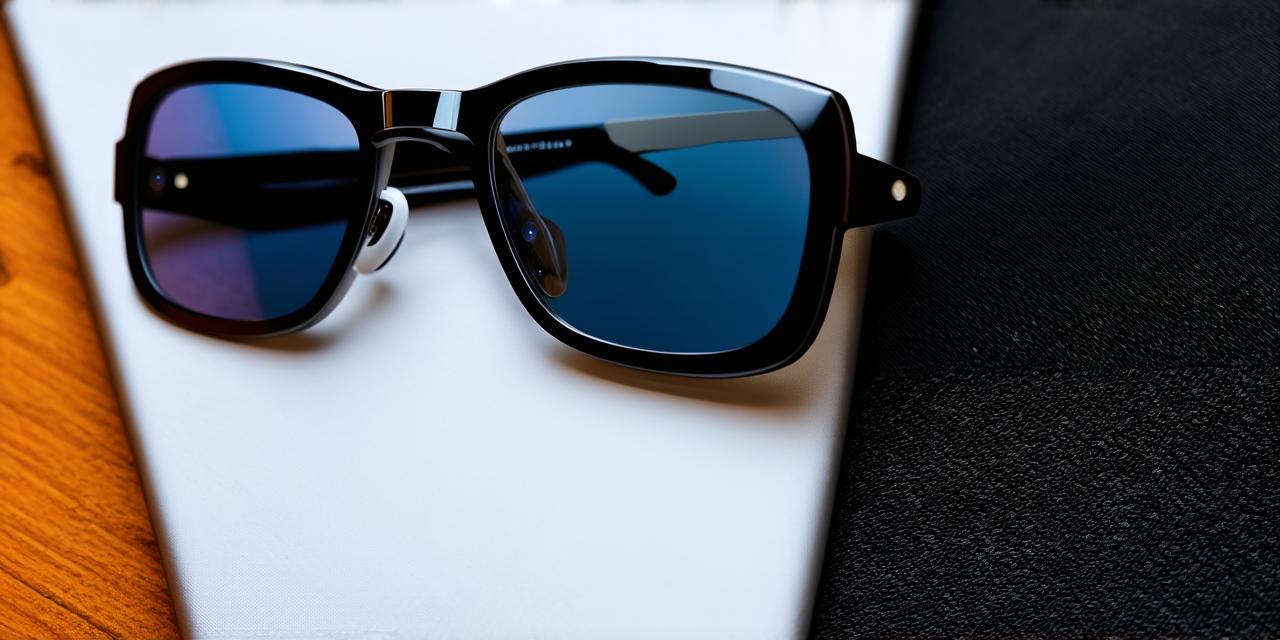Augmented reality (AR) is a rapidly-growing technology that allows users to interact with digital elements in the real world.
One of the most popular platforms for AR development is Apple’s iPhone 8, which comes equipped with advanced sensors and a powerful camera that make it an ideal device for AR applications. In this guide, we will explore some of the ways you can utilize AR on your iPhone 8 to create engaging and interactive experiences for users.
Understanding Augmented Reality on the iPhone 8

Before we dive into specific use cases, let’s take a closer look at how AR works on the iPhone 8. At its core, AR is all about overlapping digital information onto the real world. This can be done using various sensors and cameras that detect the physical environment and track the user’s position and movement.
The iPhone 8 comes with several advanced features that make it well-suited for AR development. These include:
- A powerful camera that can capture high-quality images and videos in real-time
- Sensors such as accelerometer, gyroscope, and magnetometer that track the user’s movement and orientation
- The Core Motion framework, which provides access to motion data and allows developers to create immersive experiences based on the user’s movements
In addition, Apple has also released several AR development tools and platforms that make it easier for developers to create AR applications. These include:
- ARKit, a framework for developing AR experiences on iOS devices
- SceneKit, a 3D graphics rendering engine that can be used with ARKit
- Metal, a low-level graphics API that provides high performance and flexibility
Case Study: Creating a Virtual Try-On Experience for Fashion Brands
One of the most popular use cases for AR in retail is creating virtual try-on experiences for fashion brands. By using AR, users can see how clothes and accessories look on them before making a purchase. This not only improves the customer experience but also reduces the need for physical samples and returns.
To create a virtual try-on experience for a fashion brand using ARKit, you would first need to create 3D models of the clothing items and accessories that you want to include in the application. These models can then be imported into SceneKit, where they can be rendered in real-time.
Next, you would use ARKit’s plane detection feature to track the user’s position and orientation, allowing them to see how the virtual objects look on their body. You could also use other sensors such as the accelerometer and gyroscope to track the user’s movements and adjust the virtual objects accordingly.
Finally, you would need to implement a user interface that allows users to easily select and try on different clothing items and accessories. This could include buttons or sliders that allow the user to adjust the size, color, and other properties of the virtual objects.
Case Study: Developing an AR Game for Kids
Another great use case for AR is developing games that are specifically designed for kids. By using AR, you can create immersive experiences that engage children and encourage them to learn while they play.
To develop an AR game for kids using ARKit, you would first need to create 3D models of the game objects and characters that will be included in the application. These models can then be imported into SceneKit, where they can be rendered in real-time.
Next, you would use ARKit’s plane detection feature to track the user’s position and orientation, allowing them to interact with the virtual objects in the game. You could also use other sensors such as the accelerometer and gyroscope to track the user’s movements and adjust the game accordingly.
